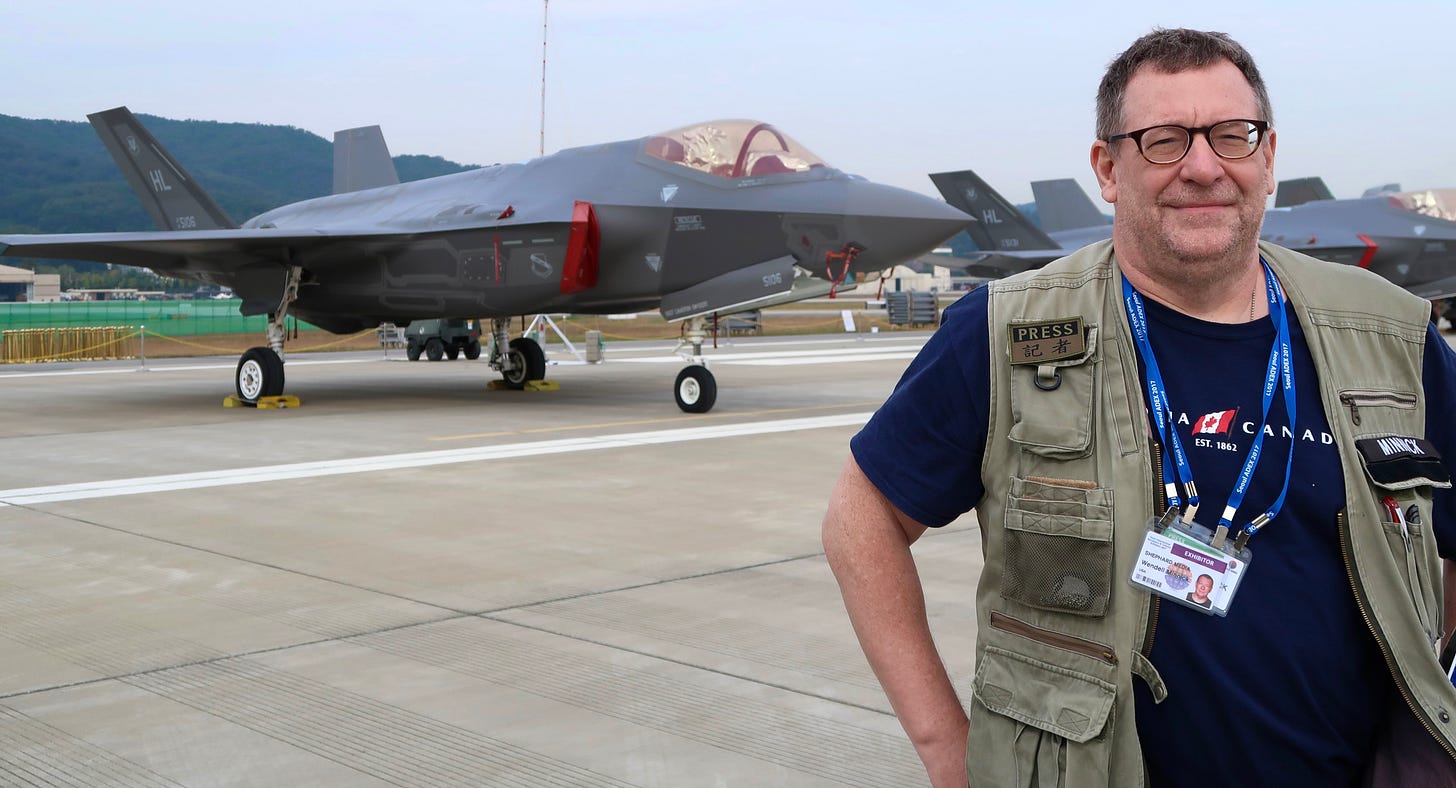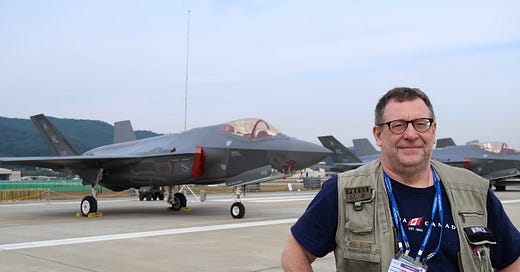China In Arms BOOKSTORE and GIFT SHOP!
Twitter and YouTube Page and LinkedIn
Subscribe: $5 Month or $30 Annual.
Note to Reader: This post was picked up by Taiwan’s United Daily News and TVBS on July 11, 2022.

29 June 2022
Why F-35s Don’t Matter for Taiwan
Taiwan’s disastrous F-35 dream
By Wendell Minnick (Whiskey Mike)
TAIPEI - Let’s wind the clock back all the way to the 1995-1996 Taiwan Strait Missile Crisis, when China launched ballistic missiles around the island of Taiwan in an act of coercion and a show of strength.
The ten Dong Feng 15 (M-9) short-range ballistic missiles (SRBM) that landed around Taiwan, some as close as 20 nautical miles south of Kaohsiung Naval Base and 18 nautical miles north of Keelung Port, are now primitive in respect to the China’s new precision strike weapons.
Author’s collection. Commemorating the 25th anniversary of the 1995-1996 Taiwan Strait Crisis of March 8th 1996. Often dubbed the Third Taiwan Strait Crisis (July 21, 1995 to March 23, 1996). The US sent two aircraft carrier groups to the area in response to Chinese short-range ballistic missile tests (DF-15/M-9). The patch only mentions ships listed for the March 8th missile launch: CVA-62 USS Independence, CG-52 USS Bunker Hill, DD-975 USS O’Brien, DD-966 USS Hewitt, and the FFG-41 USS McClusky.
For China, the U.S. reaction to the exercise came as a shock. Beijing had assumed that the U.S. would do nothing to protect Taiwan. Since 1979, there had been no military exchanges between Taipei and Washington.
Beijing declared that it would never allow the U.S. military to operate freely in defense of Taiwan.
Confirmation came to that promise in 2014 when China unveiled the submarine-launched CM-708UNA anti-ship cruise missile (See Chinese Air-Launched Weapons and Surveillance, Reconnaissance and Targeting Pods, Chinese Cruise Missiles, and Chinese Submarines and Underwater Warfare Systems).
Then in 2015, China confirmed the existence of a 4,000-kilometer range DF-21D anti-ship ballistic missile (“carrier killer”).
Submarine-launched CM-708UNA anti-ship cruise missile unveiled at the 10th China Airshow in Zhuhai (2014). Author Photo.
Even though China only had 300 SRBMs during the 95-96 Crisis, Taiwan knew that in time China would develop improved precision guided missiles capable of multi-directional saturation strikes on air bases.
And over time, they were correct, as the number grew from 300 to 1,300 SRBMs, not including the medium-range ballistic missiles (DF-16) and more cruise missiles than chopsticks, to pulverize Taiwan’s airbases. There was also the development of not just missiles, but rockets capable of hitting Taiwan.
At the time of the Crisis, Taiwan had a requirement to replace its ageing F-5 Tiger fighters and eventually the Mirage 2000 fighters, but Washington dismissed requests for new F-16C/D Block 50/52 fighters.
Instead, in 2016, the U.S. released an upgrade program for the older F-16A/B Block 20 fighters. Taipei agreed, but continued pushing for new F-16s to maintain the air force’s fleet and serve as an interim fighter to the eventual procurement of Taipei’s ultimate dream: Lockheed’s F-35 stealth fighter. Going so far as issuing a patch in support of the procurement.






